Raspet Milestones
Dean L.L. Patterson hires Flinsch
Mississippi State School of Engineering Dean L.L. Patterson hires Flinsch as professor of civil engineering and associate director of the Engineering and Industrial Research Station.
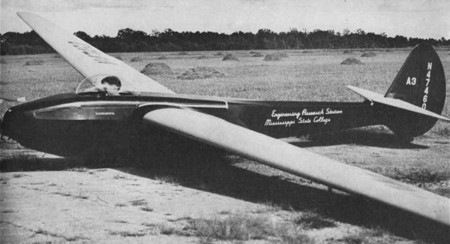
Harold von Neufville Flinsch
Harold von Neufville Flinsch becomes dean of Mississippi State’s School of Engineering and attracts Dr. August Raspet to Mississippi State College to begin his own independent sailplane research program.
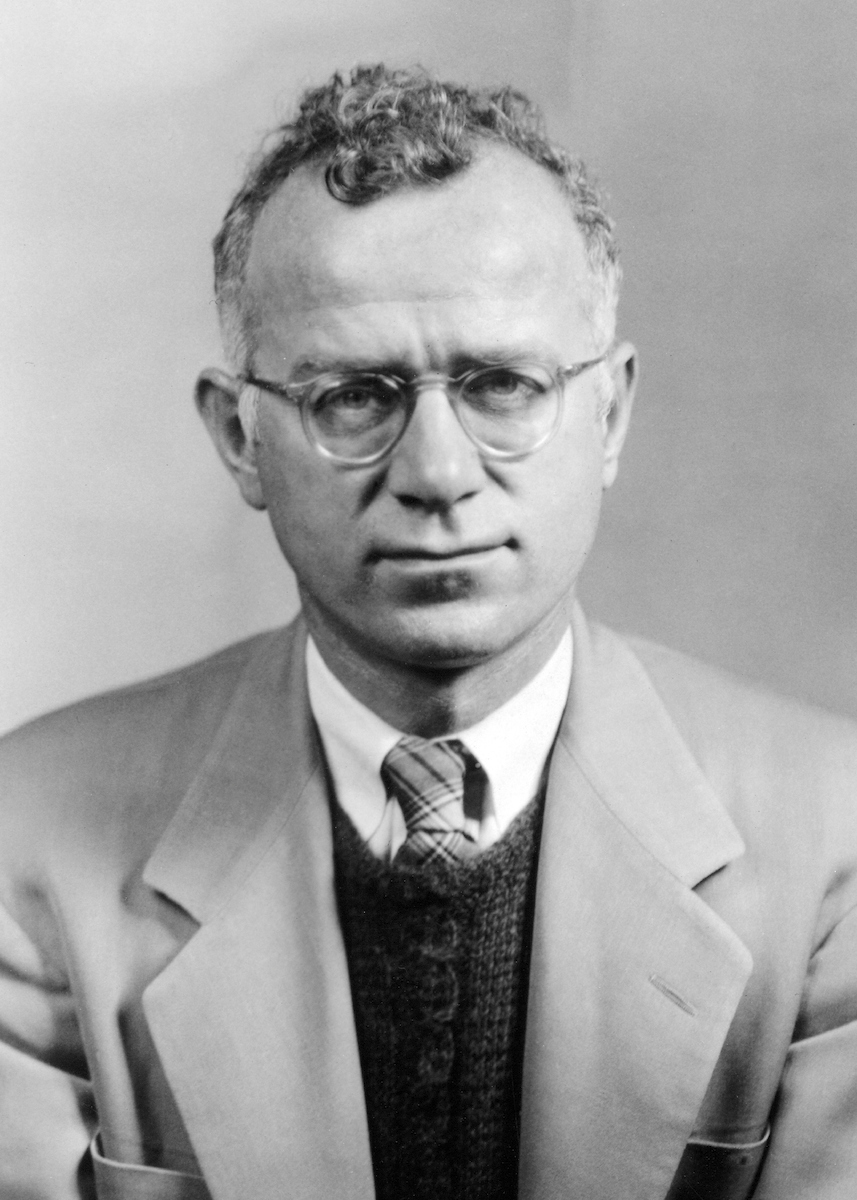
Department of Aerophysics
Mississippi State creates the Department of Aerophysics, featuring Dr. August “Gus” Raspet’s sailplane research. The efforts emphasized the aeronautics of bird flight and how it could translate to human flight.
New Discoveries
Dr. Raspet’s research begins shifting to boundary layer control with subsequent discoveries drawing national attention.
Soaring Above the Rest
Dick Johnson, with assistance from Dr. Raspet, wins the national soaring championship and sets a new soaring distance record of 545 miles.
Dr. Raspet makes a boundary layer suction discovery
Dr. Raspet makes a boundary layer suction discovery, providing the department national recognition for engineering research and sparking interest in its potential applications to short take-off and landing aircraft.

MARVEL
Mississippi State researchers purchase an AG-14 pusher aircraft and begin redesigning and transforming it into a short take-off and landing aircraft under the MARVEL (Mississippi Aerophysics Research Vehicle with Extended Latitude) program.
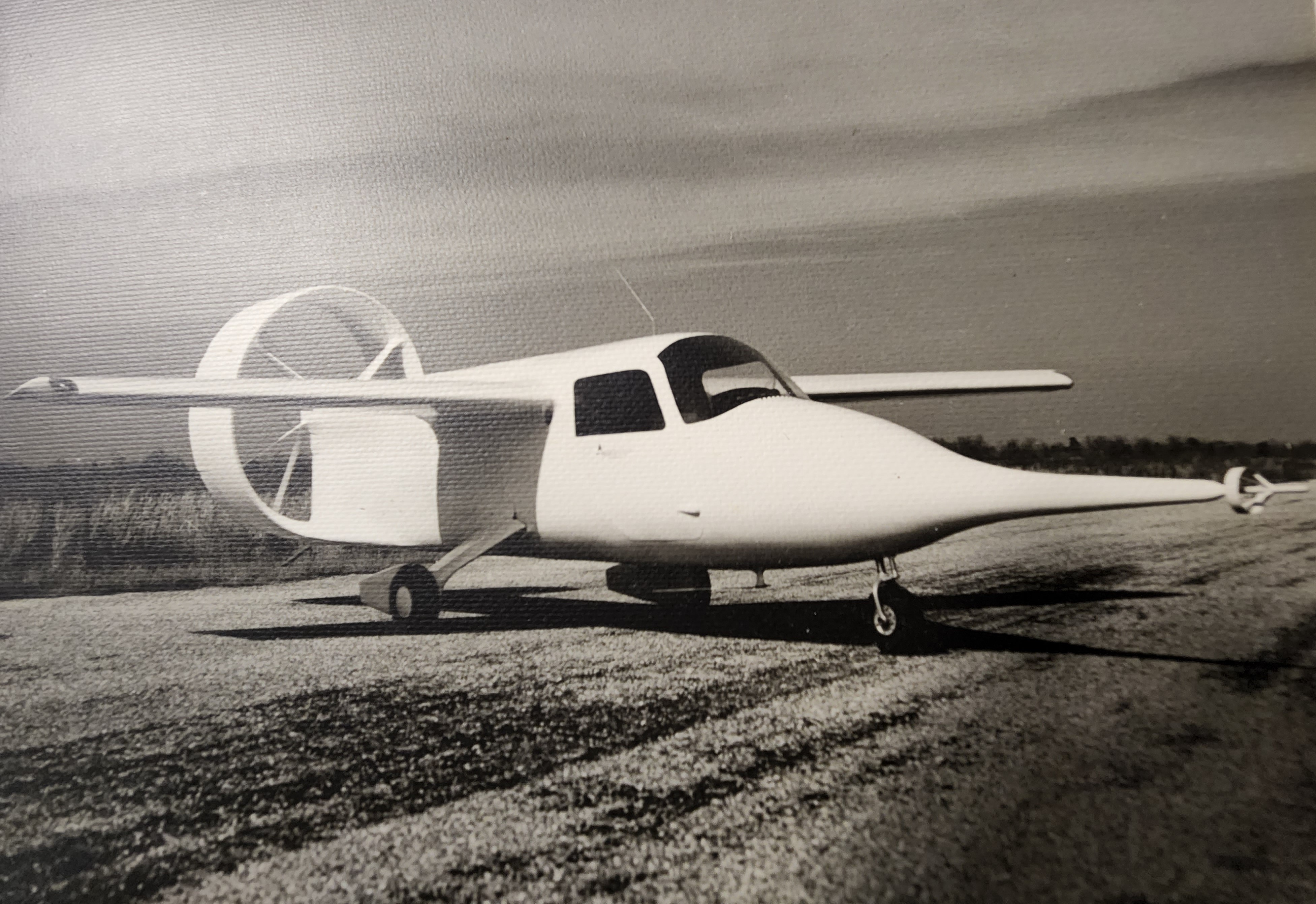
The Marvelette
Mississippi State acquires a second AG-14 aircraft and begins replacing everything but the cockpit module, engine and landing gear. Known as the Marvellette, the newly designed airplane was an interim step toward refinement of the Marvel design, a short take-off and landing aircraft.
Dr. Raspet's Legacy
Mississippi’s state legislature funds an aerophysics research institute, the Raspet Flight Research Laboratory, in memory of Dr. August “Gus” Raspet soon after he died following a plane crash.
The Dr. August Raspet Memorial Award
The Experimental Aircraft Association begins annual presentations of its Dr. August Raspet Memorial Award to a person making “outstanding contribution to the advancement of light aircraft design.”
Dr. Michael Smith is hired as head of Ag Aviation
Raspet flight lab hires a researcher to head its Ag Aviation Project. Dr. Michael Smith’s efforts increases pilot safety and improves dispersal rates.
A New Home in Starkville
The Raspet Flight Research Laboratory opens at the Starkville airport.
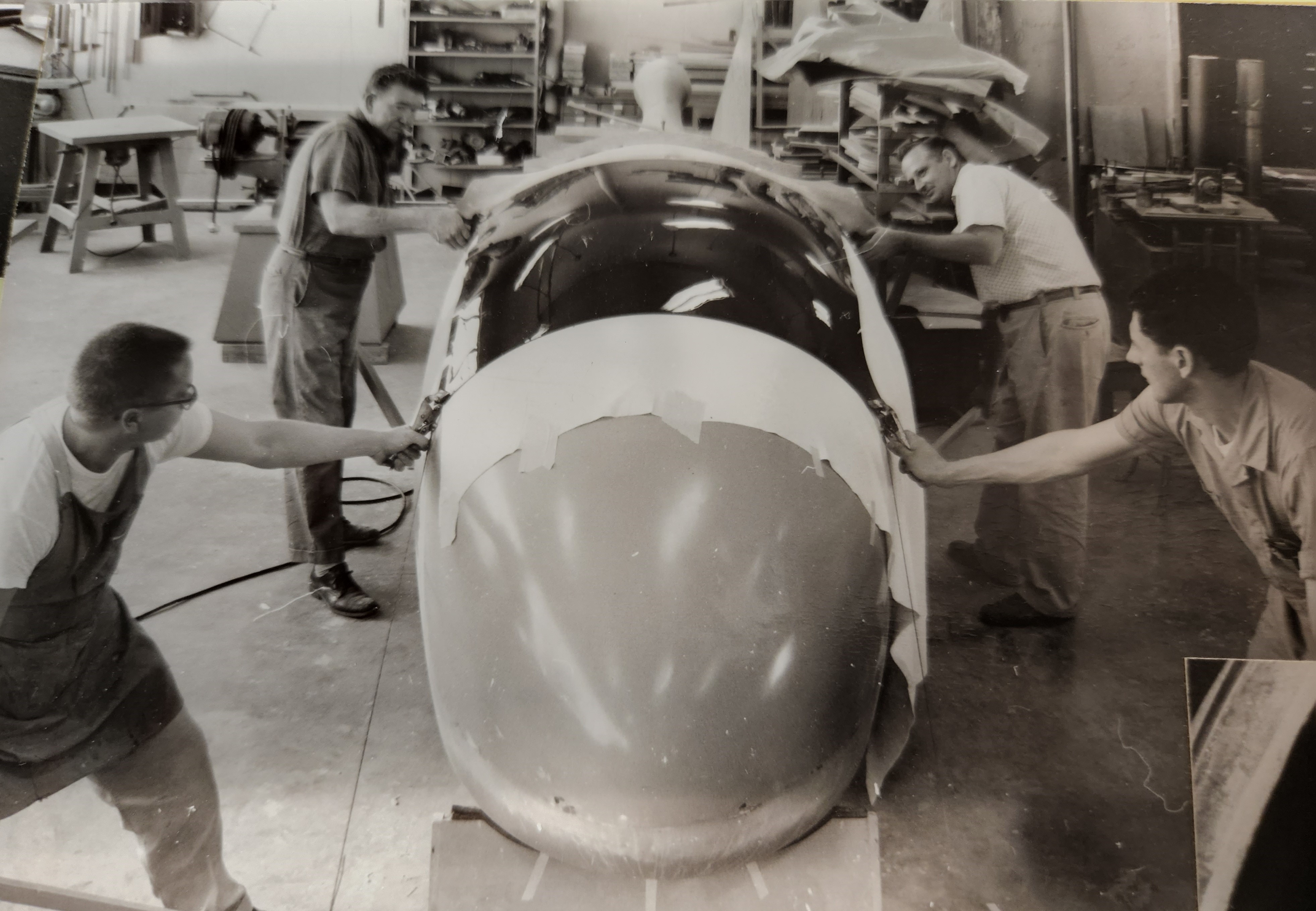
MARVEL's First Flight
The Marvel, the world’s first all composite aircraft equipped with a turboprop, flies its first flight. It was designed, developed and built at Raspet.
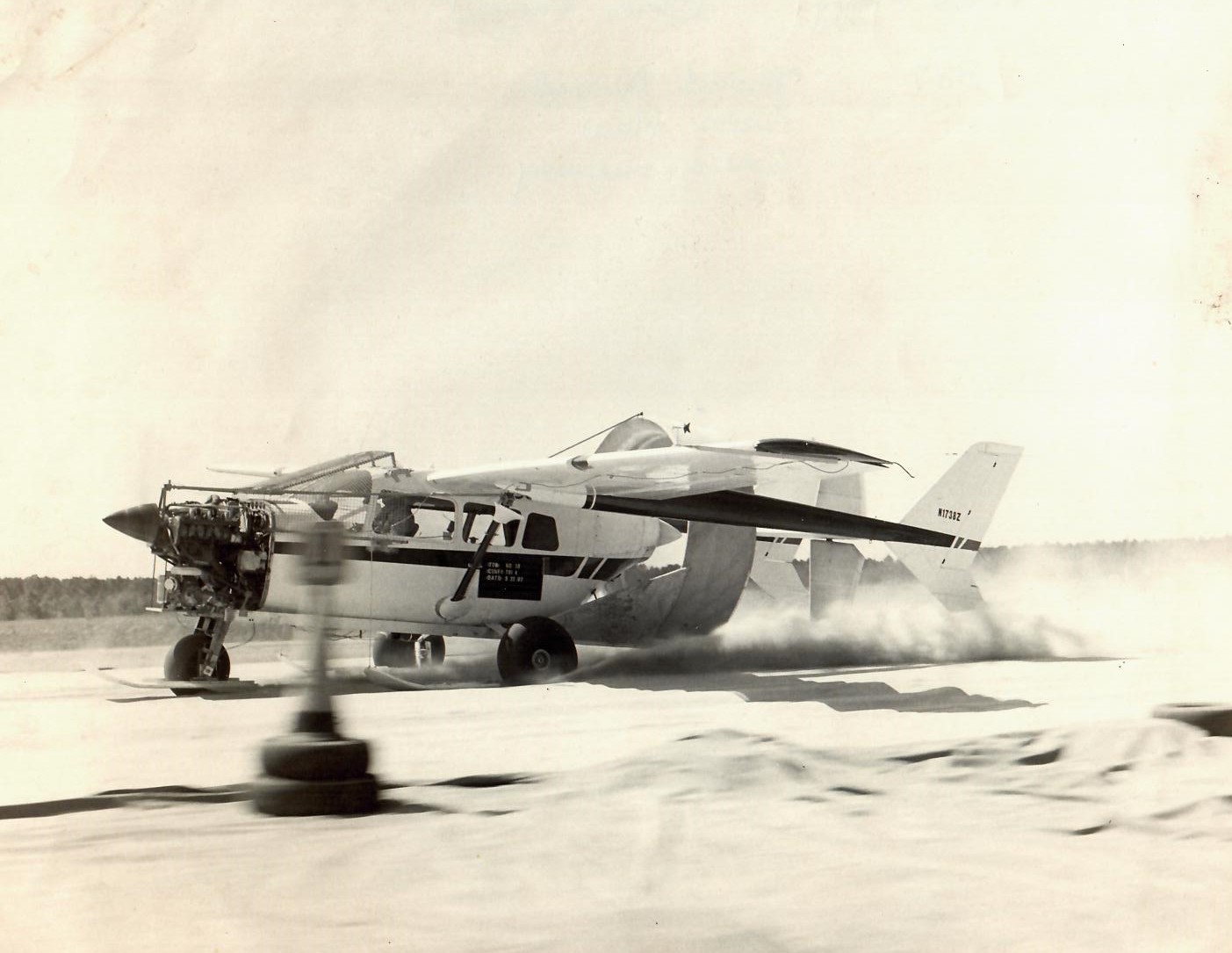
Desert Utility Observation with Brico Limited
The Raspet flight lab receives a contract from Brico Limited to perform research on a desert utility observation aircraft. The lab made significant modifications to its Marvel aircraft and tested it the following year in Saudi Arabia.
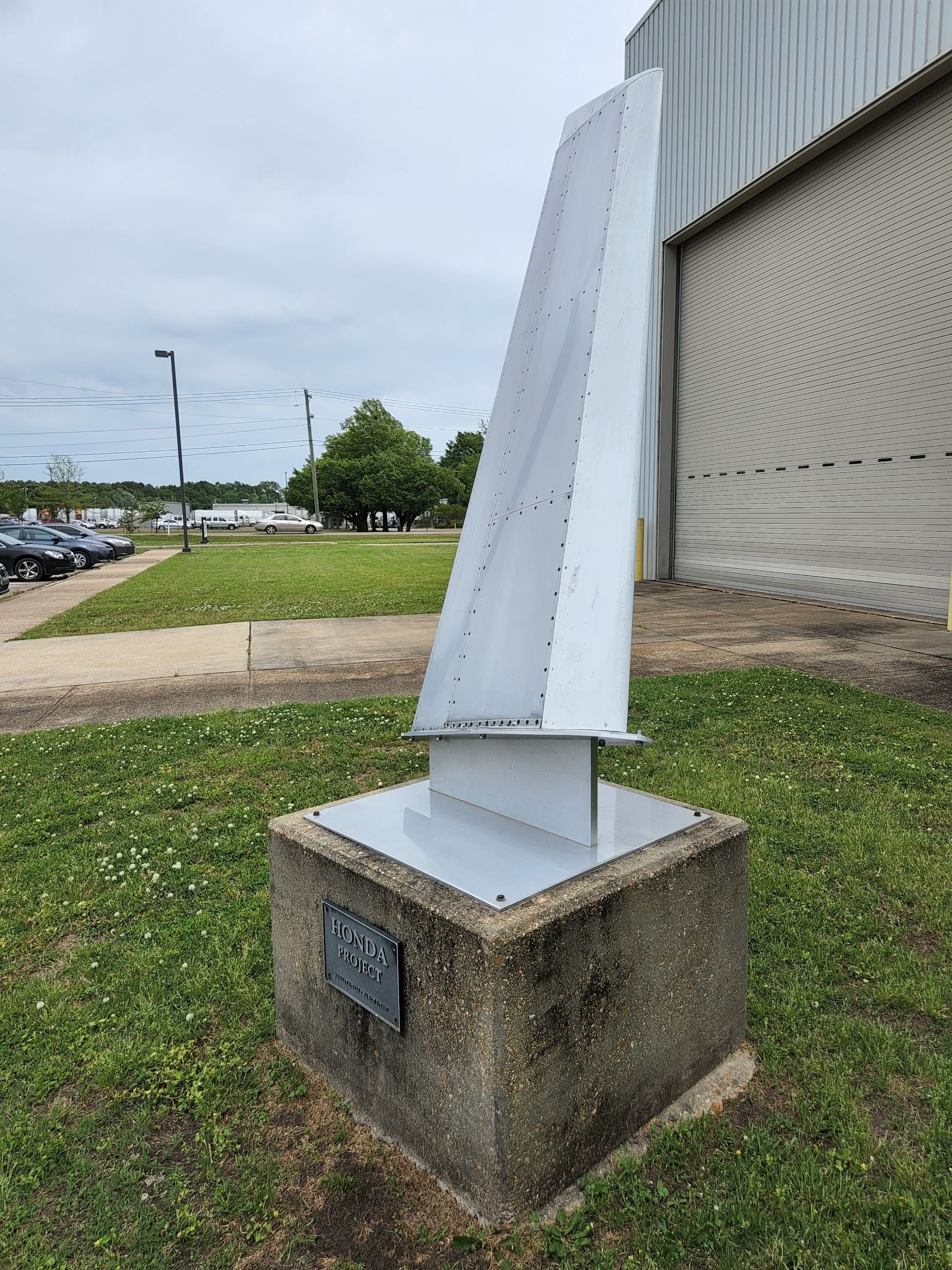
Honda Research and Development Corporation
Honda Research and Development Corporation begins a program at Raspet to develop a turbojet-powered aircraft constructed completely from composite materials.
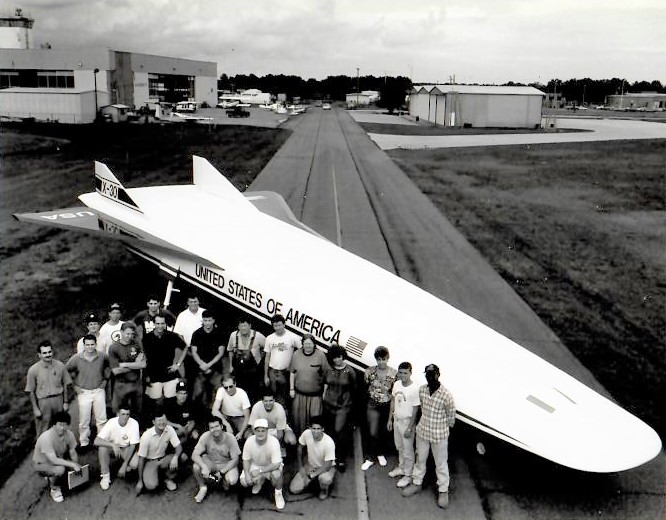
X-30 National Aerospace Plane
A senior design class constructs a one-third scale mockup of the X-30 National Aerospace Plane, demonstrating the Raspet flight lab’s ability to construct complex, large-scale composite structures.

The Honda MH-02
The world’s first all-composite experimental business jet, the Honda MH-02, conducted its maiden flight from the George M. Bryan Airport in Starkville. Funded by the Honda Aircraft Company, the jet was fabricated and assembled at the Raspet Flight Research Laboratory where extensive flight testing was also conducted.
50 Years!
The American Institute of Aeronautics and Astronautics presented the Raspet Flight Research Laboratory with the Piper General Aviation Award, in recognition of its 50 years of outstanding contributions to the advancement of general aviation.
Raspet Relocates
Raspet relocates its primary operations to a 50,000 square-foot facility previously donated by Honda.
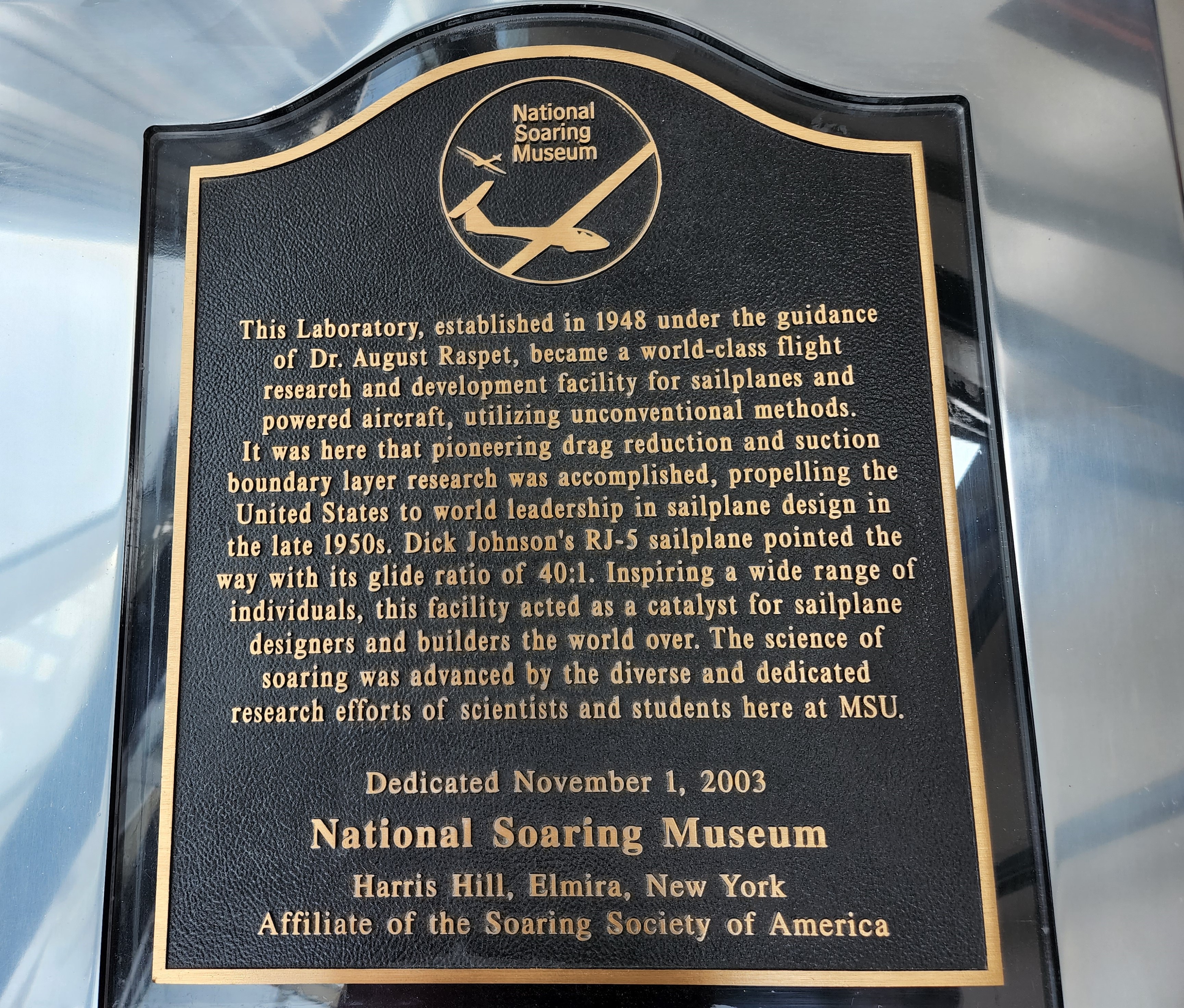
A National Landmark of Soaring
The National Soaring Museum designates the Raspet Flight Research Laboratory a “National Landmark of Soaring” in recognition of its contributions to motorless flight, including pioneering drag reduction and suction boundary layer research that propelled the United States to world leadership in sailplane design in the late 1950s.
Aurora Flight Sciences
Aurora Flight Sciences, which became a Boeing company, opens a start-up manufacturing facility at Raspet. Four years later, it moved to a permanent facility in nearby Columbus, where it operates today.
Stark Aerospace
Stark Aerospace begins making unmanned aerial vehicle parts in its start-up operations at Raspet. Two years later, it moved to its 120,000 square foot facility in the nearby Golden Triangle Industrial Aerospace Park, where it operates today.
New Research Center
Boeing, Mississippi State, and Mississippi officials announce MSU will host a research center, located at Raspet, that will facilitate and promote research related to aerospace composite structures.
ASSURE
The Federal Aviation Administration selects a Mississippi State University team as the FAA’s Center of Excellence for Unmanned Aircraft Systems. The Center, known as the Alliance for System Safety of UAS through Research Excellence, or ASSURE, focuses on research, education and training in areas critical to safe and successful integration of UAS in the nation’s airspace. The team, led by MSU, brings together 15 of the nation’s leading UAS and aviation universities.
Mississippi Joins the UAS Test Range Complex
The state of Mississippi becomes a full member in the University of Alaska Fairbanks-led Pan-Pacific UAS Test Range Complex. The complex is one of the FAA’s seven UAS test sites. The Mississippi program, led by Mississippi State, will include several UAS test and evaluation sites in the state.

Mississippi Selected for UAS Demonstration Range
The Department of Homeland Security Science and Technology Directorate selects Mississippi as its UAS demonstration range. Led by Raspet and the Mississippi Partnership, the demonstration range is a UAS flight testing and exercise evaluation facility.

Marvin B. Dow Stitched Composites Development Center at MSU’s Advanced Composites Institute
Following Boeing’s selection of Mississippi State to create a stitched, resin-infused composites lab, MSU opens the Marvin B. Dow Stitched Composites Development Center at MSU’s Advanced Composites Institute. The institute is housed at Raspet.
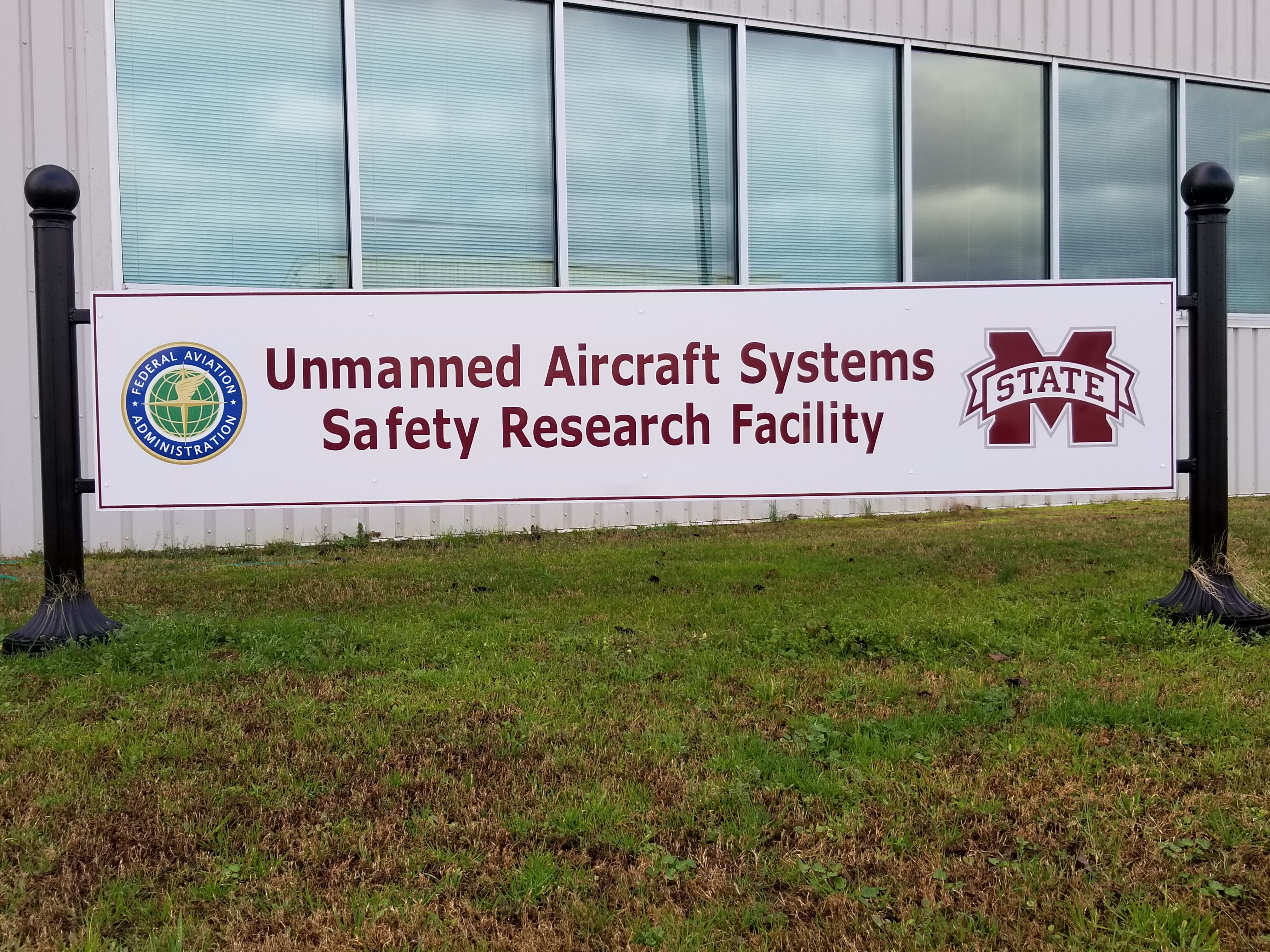
Raspet designated as the FAA’s UAS Safety Research Facility
The Federal Aviation Administration designates Raspet as the FAA’s UAS Safety Research Facility. In this role, the MSU flight research lab studies safety standards for unmanned aircraft systems and develops and validates certification standards for the systems.
Class C
Mississippi State University’s Raspet Flight Research Laboratory flies the first non-military, Group 3 unmanned aircraft system within the Federal Aviation Administration’s Class C controlled airspace. The flight took place at the busiest airport in Mississippi: the Jackson-Medgar Wiley Evers International Airport.
TEROS
Teros, the largest, most sophisticated uncrewed aircraft at any U.S. academic research institution, is unveiled at Raspet Flight Research Laboratory further advancing our commitment to uncrewed aviation research. With its 40-foot wingspan, 600-pound payload, and 24-hour flight endurance, the Teros demonstrates the power of large UAS technology to make aviation safer and more efficient.
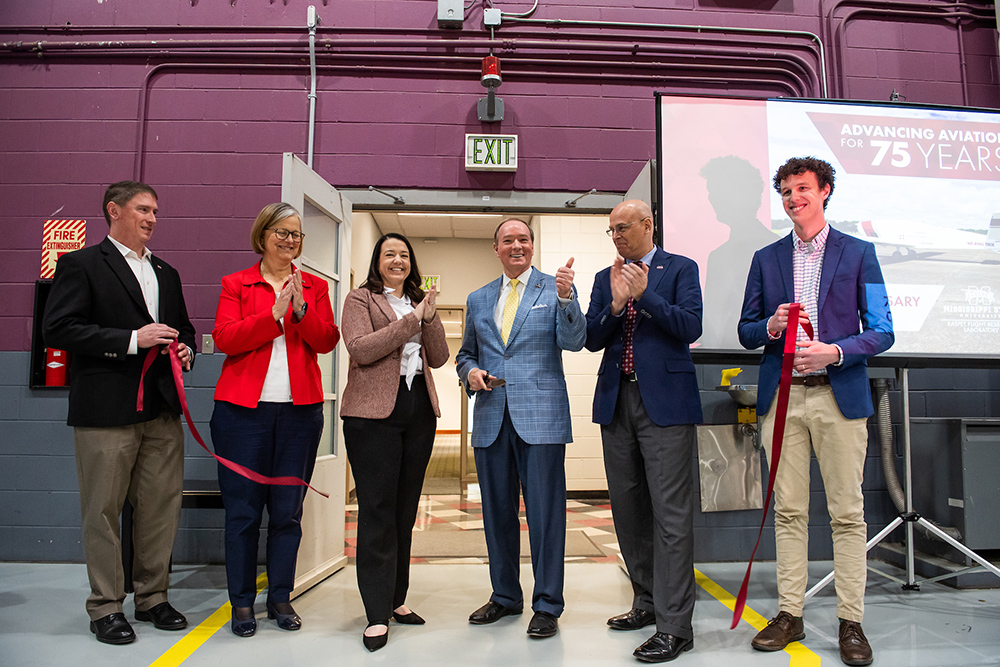
Raspet Celebrates 75 Years of Advancing Aviation
March 19, 2024 marked the 75th anniversary of August "Gus" Raspet coming to Mississippi State University to carry out a vision for aerospace research that pushed the boundaries of what is possible in flight.
Today, Raspet boasts the largest uncrewed aircraft system fleet in U.S. academia and plays a major role in MSU-led efforts to safely integrate UAS into the national airspace, helping accelerate the benefits of UAS in key areas such as emergency response, health care, science and commerce.